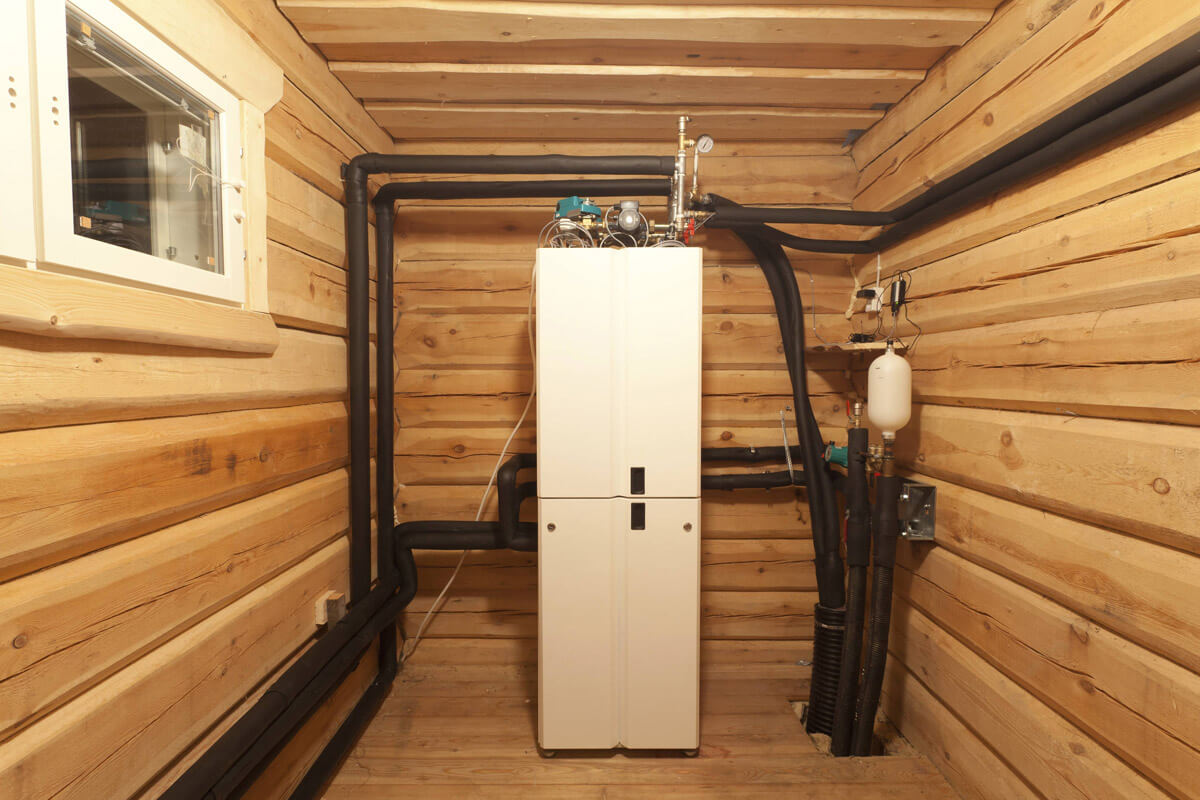In the ever-evolving world of sustainable energy solutions, geothermal energy stands out as a beacon of hope for eco-conscious homeowners. As concerns about climate change and rising energy costs intensify, more people are turning to geothermal installation as a reliable and efficient method for heating and cooling their homes. But what exactly does geothermal installation entail, and how can it benefit you? Let’s dive into the world of geothermal energy and uncover the process and advantages of this remarkable technology.
What is Geothermal Energy?
Geothermal energy harnesses the natural heat from beneath the earth’s surface. The ground maintains a relatively constant temperature just a few feet below the surface, providing a stable source of heat that can be tapped into year-round. A geothermal heat pump (GHP) system takes advantage of this stable underground temperature to heat and cool your home, offering an efficient and environmentally friendly alternative to conventional HVAC systems.
Benefits of Geothermal Installation
Before exploring the installation process, it’s important to understand the myriad benefits of geothermal systems:
- Energy Efficiency: Geothermal systems are incredibly efficient, often achieving efficiency ratings of 300-600%. This means they can produce three to six times more energy than they consume.
- Cost Savings: While the initial installation cost may be higher than traditional systems, geothermal systems can reduce energy bills by up to 70%, leading to substantial savings over time.
- Environmental Impact: Geothermal systems significantly reduce greenhouse gas emissions compared to fossil fuel-based systems. By using renewable energy from the earth, they help decrease your carbon footprint.
- Durability: The underground components of a geothermal system can last over 50 years, while the indoor components typically have a lifespan of about 25 years, making it a long-lasting investment.
- Quiet Operation: Unlike noisy traditional HVAC systems, geothermal systems operate quietly, providing a more peaceful home environment.
Preparing for Geothermal Installation
Geothermal installation is a multi-step process that requires careful planning and consideration:
- Site Evaluation: The first step is to evaluate your property to determine its suitability for a geothermal system. Factors such as soil composition, the presence of groundwater, and available land area will influence the type of system that can be installed. A professional geothermal contractor will conduct a site survey to determine the best approach.
- System Selection: There are several types of geothermal systems to choose from, depending on your property’s specific conditions:
- Horizontal Loops: These systems are best suited for properties with ample land. Trenches are dug to lay the piping horizontally.
- Vertical Loops: Ideal for properties with limited space or where the soil is too shallow for horizontal loops. Deep vertical wells are drilled to install the piping.
- Pond/Lake Loops: Suitable for properties near a body of water, where pipes are laid at the bottom of the pond or lake.
- Permitting and Regulations: Installing a geothermal system often requires permits and adherence to local regulations. It’s essential to check with local authorities and obtain the necessary approvals before beginning the installation.
The Installation Process
Once the site evaluation and system selection are complete, the actual installation process can begin:
- Drilling or Excavation: Depending on the chosen system, drilling or excavation is performed to install the ground loop. This involves specialized equipment and expertise to ensure the correct placement and depth of the piping.
- Installing the Ground Loop: The ground loop, typically made of high-density polyethylene (HDPE) pipes, is installed in the drilled wells, trenches, or water body. These pipes are then connected to the heat pump unit inside the home.
- Connecting to the Heat Pump: The pipes carrying the heat transfer fluid (a mixture of water and antifreeze) are connected to the heat pump unit. This unit, usually located in the basement or utility room, circulates the fluid through the ground loop, facilitating heat exchange.
- System Integration: The heat pump is integrated with your home’s existing ductwork or radiant heating system. This step ensures that the conditioned air or heated water is efficiently distributed throughout your home.
- Testing and Commissioning: Once installed, the system undergoes rigorous testing to ensure everything is functioning correctly. This includes checking the pressure and flow rates of the heat transfer fluid, as well as verifying the proper operation of the heat pump unit.
Maintenance and Care
Geothermal systems require minimal maintenance compared to traditional systems. Regular checks on the heat pump unit, ground loop, and connections help ensure optimal performance. Annual inspections by a professional are recommended to keep the system running efficiently.
Embracing the Future of Home Comfort
Investing in geothermal installation is a forward-thinking choice for homeowners looking to reduce their environmental impact and energy costs. While the initial investment is higher than conventional systems, the long-term benefits, including significant savings on utility bills and reduced carbon emissions, make it a worthwhile endeavor.
By harnessing the steady temperatures beneath the earth’s surface, geothermal systems offer a sustainable and reliable solution for heating and cooling homes. As technology advances and more homeowners embrace eco-friendly alternatives, geothermal energy is poised to play a pivotal role in the future of home comfort.
In conclusion, installing a geothermal system is a substantial but rewarding investment. With careful planning, professional installation, and regular maintenance, you can enjoy the myriad benefits of this innovative technology for decades to come. Embrace the power of geothermal energy and take a significant step toward a greener, more sustainable future for your home.
